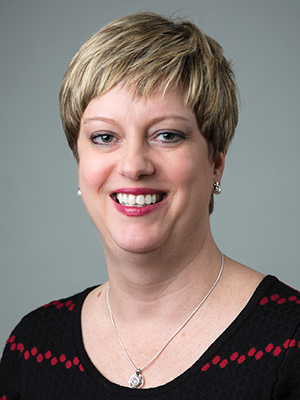 Dr. Beth Hodges
Dr. Beth HodgesDr. Beth Hodges is a family practice and palliative care/hospice physician in Asheboro, N.C., as well as a part-time medical director for HealthTeam Advantage, HealthTeamAdvantage.com. She lives in Asheboro with her husband, three teenagers, three dogs, one cat, and 21 goldfish.
There are several problems that can affect the heart; they vary widely in cause and even more widely in treatment.
Here are some definitions that might help better understand why one person’s heart problems might not be the same as another’s.
Arrhythmia. An arrhythmia is a problem with the electrical system of the heart. Each heartbeat passes as an electric impulse in a very orchestrated manner through the four chambers of the heart. Any detours or delays in this pattern present as an arrhythmia. Examples of arrhythmias are atrial fibrillation, bradycardia, tachycardia, premature ventricular contractions, and many, many more.
Cardiomyopathy. This results when the muscles (walls) of the heart grow weak or stiff. Weakness can occur if the muscle is injured, such as by a heart attack or from a virus. Stiffness occurs if high blood pressure goes untreated for years. High blood pressure is known as the silent killer because many people have no symptoms telling them their blood pressure is high, so they don’t seek medical treatment.
Congestive heart failure. Cardiomyopathy, no matter the cause, leads to congestive heart failure, which can be diastolic, systolic, or both.
Diastolic refers to a problem with the heart filling with blood adequately. Systolic failure means the blood does not pump out of the heart in adequate amounts. I liken these to the fire brigade analogy. If people are trying to put out a fire with buckets of water, filling the buckets only halfway (diastolic) before pouring them over the flames will not be as effective as if they were pouring whole buckets of water. Likewise, if they have full buckets of water, but only pour half on the fire before filling them again, they will still not make as much progress with getting the fire out.
Congenital heart defects. Congenital means born with. Some people are born with structural heart defects that impede normal function. Sometimes, these issues can be surgically corrected.
Coronary artery disease (CAD). This issue is what most people think of when they think about heart problems. Disease of the coronary arteries means there are blockages, usually made up of cholesterol plaques, impeding the flow of blood to all parts of the heart muscle.
Complete blockage of blood flow would result in a myocardial infarction or heart attack. This is one of the most common causes of death in Americans over the age of 55, and 50% of Americans who have CAD find out when they experience Sudden Cardiac Death. Sudden Cardiac Death is exactly what it sounds like—the heart stops, and with it stops all life. Only 7.6% of Americans who suffer a cardiac arrest outside of a hospital survive.
Valvular disease. There are four valves, which are basically doors leading out of the four heart chambers. These valves can become stiff or leaky, which causes problems with the movement of blood through the heart.
As you can see, heart problems can be varied and complex. The best way to take care of your heart is to get regular exercise (ask your provider what options will work best for you); see a medical provider at least once a year to get your blood pressure checked and have someone listen to your heartbeat; and know if you need treatment for high blood pressure or high cholesterol and follow medical advice accordingly. You only have one heart. Take care of it.

